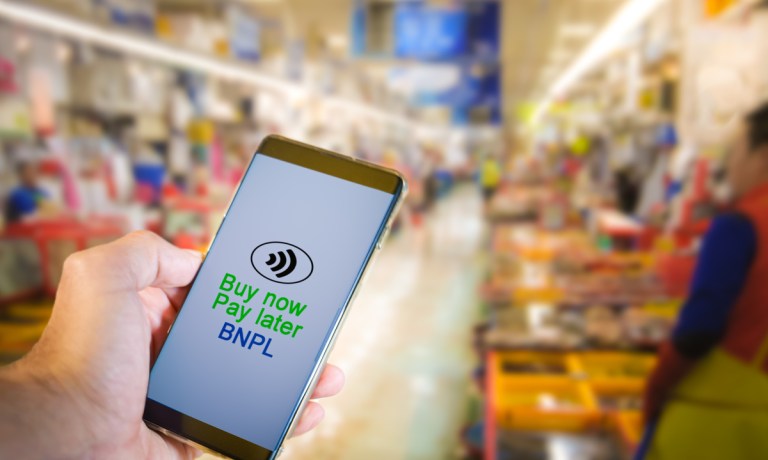Rewards a Work in Progress as Banks and FinTechs Compete for BNPL Loyalty

The appeal of buy now, pay later (BNPL) is undeniable.
And the field is getting more crowded with FinTechs, and, more recently, banks. While the core value proposition is that paying over time is of value to cash-flow focused consumers, there’s value too, in offering rewards and loyalty programs to these same consumers.
The rewards offerings remain a work in progress, and offers a way for banks to leverage their own data and consumer insights into competitive offerings.
PYMNTS Intelligence research has found that deferred payment plans, while lauded for making everyday purchases and big-ticket items more affordable, would be more attractive to consumers if attached to rewards.
More than a third of consumers we surveyed said that they’d like to see BNPL programs offer more, and better, rewards.
They also value in-store usability of BNPL offerings.
Fine-Tuning the Rewards Programs
Earlier this week, PYMNTS reported that Affirm shut down its rewards program, which offered points per BNPL purchase that could be redeemed for $5 or $10 off loans at select merchants. Users have a bit less than two months to use up their existing points.
During the most recent earnings call with analysts, CEO Max Levchin said that the Affirm Card, which can be used in-store, is an avenue for consideration for rewards programs.
“We have reward programs in mind that give people reasons to use the card for all transactions, not just considered purchases,” Levchin said. “There’s plenty to do with tight integration between Affirm Card and Affirm account … There’s still more features to come.”
Afterpay, for its part, has shut down its Pulse Rewards program but has announced that “our brand-new rewards program will launch in 2024.”
PYMNTS Intelligence found that 28% of consumers had used deferred payment plans in the previous three months.
For the banks, with decades worth of data on hand to help craft their own BNPL and rewards offers, playing what might be arguably a game of catch-up may be in order. Our data shows that more than a quarter of consumers had used BNPL through the year. More than 40% of BNPL users said they’d used the offering to help pay for everyday essentials such as clothing and accessories.
As many as 43% of consumers, we found separately, would be interested in using BNPL plans offered by banks. There may be a duality here — a pie that’s big enough for all players, given the fact that 70% of current BNPL users would be interested in using BNPL plans from their banks, if such offerings were available. And the would-be audience that’s receptive to FI-backed BNPL is relatively affluent, as nearly half of consumers earning at least $100,000 annually are interested in using those particular plans.